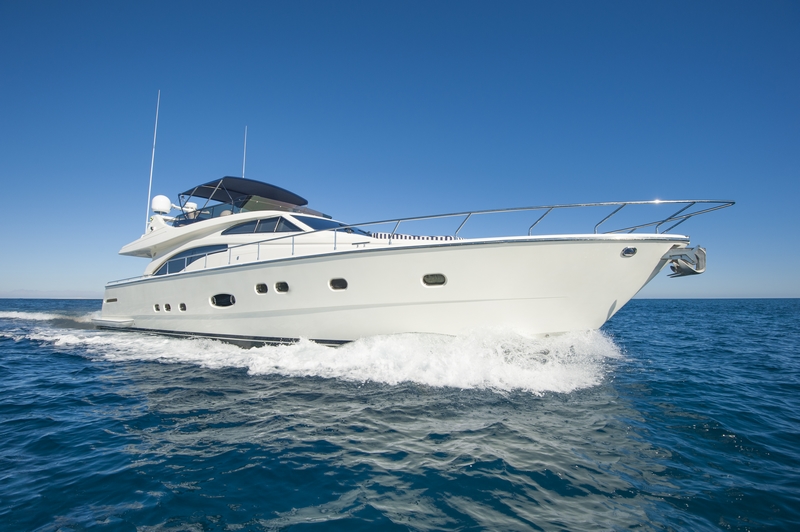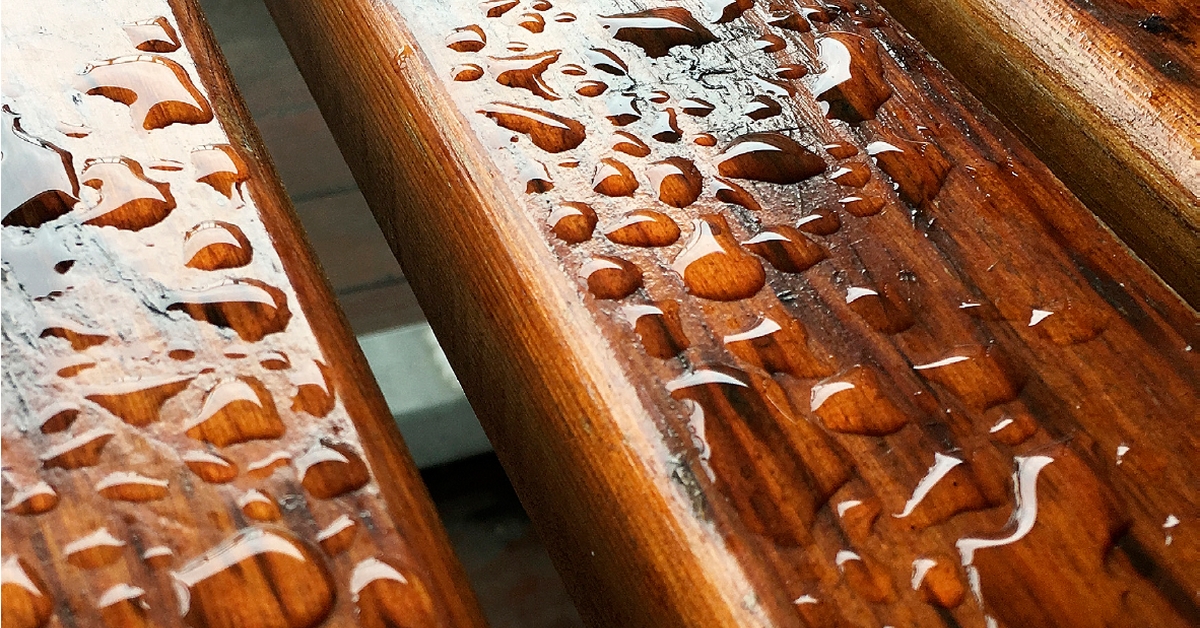
By Rachael Geerts – GBI Composites Materials Engineer
You’ve just finished your epoxy project and it looks great! But you don’t want the sun’s UV rays to start degrading the epoxy. So, like the smart individual you are, you look into applying a UV stable topcoat over the epoxy so your project will last for years to come. You look at your options, go down a few rabbit holes, and come out much later asking why is it so difficult to select a UV stable topcoat for my epoxy project?
The answer: because so many options are compatible with WEST SYSTEM® Epoxy. We’ve had success in applying everything from latex paint and oil-based varnish to two-part polyurethanes and polyester gelcoats. But some key points need to be addressed before you start applying a UV stable topcoat over WEST SYSTEM Epoxy.
Topcoat Application Tips
First, we recommend allowing our epoxy to cure fully before applying your topcoat (we’ll go over how to select one later). Some people have successfully applied various topcoats over our epoxy before it has cured to a solid state. This is risky and we don’t recommend it because we haven’t been able to get consistent results when testing it ourselves. The topcoat may contain solvents or other chemicals that could interfere with the epoxy’s curing reaction or affect the finish’s performance. Our goal is to help you succeed, so we recommend allowing the epoxy to cure fully before you apply a UV protective topcoat.
Once the epoxy is cured, you will need to remove any amine blush. Amine blush is an oily or waxy film that forms on the epoxy’s surface as a byproduct of the curing reaction. If you used 105 Epoxy Resin® with 207 Special Clear Hardener®, you can skip this step because this combination is blush-free. One-part polyurethanes tend to be particularly sensitive to amine blush, so make sure to wash the cured epoxy surface thoroughly or use 105/207.
Amine blush is water-soluble and can be removed from the surface with plain water and an abrasive pad (we use red 3M Scotch-Brite™ pads). The use of an abrasive pad will leave a matte finish when the blush is removed.
Always wash a newly cured epoxy surface before dry sanding. If you like, you can wet sand to remove the blush. Dry sanding without first cleaning the surface with water and an abrasive pad of some sort may sand the blush into the surface and cause adhesion failure for subsequent epoxy coats or UV-protective topcoats.
With the epoxy cured, and the amine blush removed, you can start on other surface prep. Follow the cleaning, sanding, and priming recommendations in the topcoat manufacturer’s instructions. They know what’s needed for their product to perform best (e.g. adhere well and fill in sanding scratches). They should provide instructions on how to apply their product to a hard plastic or a fiberglass reinforced plastic (FRP) surface. At this stage in the project, that is what the epoxy is—a hard, inert plastic coating (and a very fine one at that).
Okay, so now you know what needs to happen before applying the UV stable topcoat, but continue reading if you still don’t know which topcoat to apply.
Topcoat Selection
The good news is there are lots of options when selecting a UV stable topcoat to apply over your WEST SYSTEM Epoxy. As we cover the types of topcoats out there, keep in mind that we don’t recommend any particular brand and have not tested every single brand in every shade/color and in every category. Therefore, this will be an overview of the different types of UV topcoats. We recommend coating a test piece or a test area before committing to applying your chosen UV stable topcoat to the whole project.
Water-Based Finishes
Some of the most common and easiest to use topcoats are water-based. As the name suggests, they use water as the carrier for dyes and pigments. The majority of house paints (think latex and acrylic paints) are water-based. These topcoats offer low-odor and safe solutions when working in confined or poorly ventilated spaces. They generally have good durability and are suitable if there isn’t frequent water contact once the part is put in use. Another common water-based topcoat is water-based varnish, which is good for showing off the wood grain in your project.
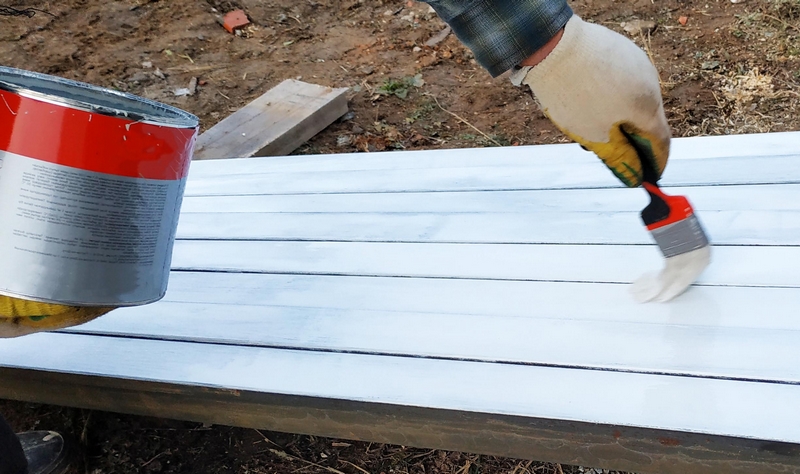
Alkyd Finishes
The second type of UV stable topcoat available is alkyd finishes. More commonly known as oil-based finishes, this type includes oil-based varnishes, marine enamels, lacquers, and more. Similar to water-based products, oil-based products are named after the carrier of the dye or pigment which in this case is either a natural or a synthetic oil. Alkyd finishes generally are more durable, more resistant to moisture, have high gloss, and are cheaper than water-based finishes, but they also generally contain more solvent. Because of the solvents, you should make sure you only use them where you can maintain appropriate ventilation. As with water-based topcoats, there are options for opaque and transparent colors.
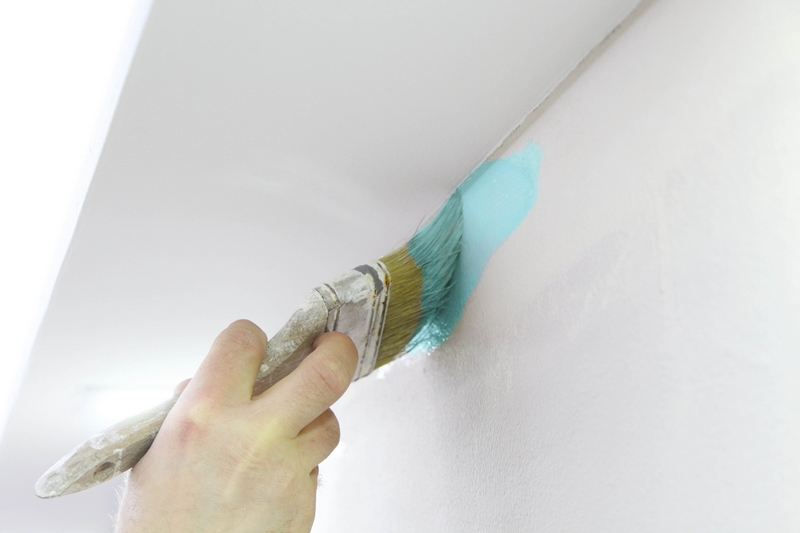
Polyurethanes
Polyurethanes are an increasingly popular option for a UV stable topcoat. They are available in one-part and two-parts. Often, polyurethanes are more durable than the other topcoats discussed so far and resist UV better than other transparent or translucent topcoats.
Unlike the previous topcoats, polyurethanes don’t get their name from the carrier. The term polyurethane actually refers to the polymer coating that forms when the material cures/dries on the surface. One-part polys have the advantages of being easier to use and are usually less expensive than two-part polys. However, two-part polyurethanes generally last longer and have better final high-gloss finishes than one-part polyurethanes.
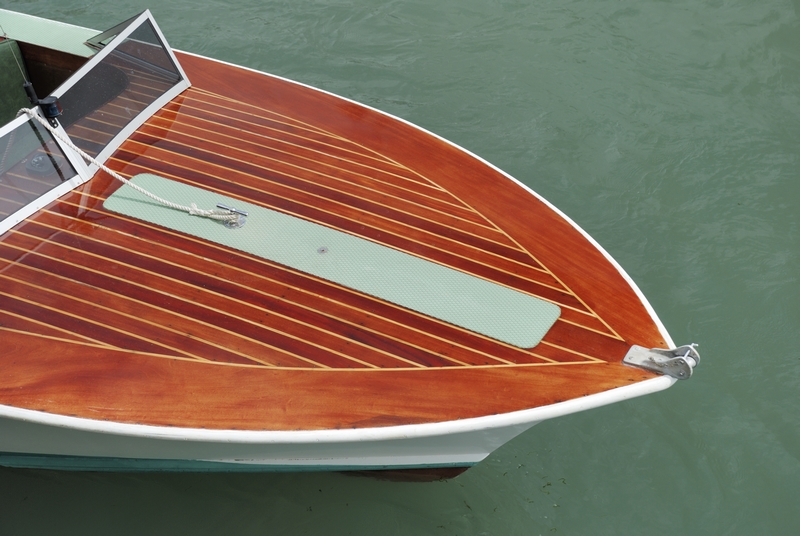
Bottom Paints
Bottom paints also provide a UV barrier for cured epoxy. Now you may be thinking, “It’s the bottom of the boat; it will be in the water so it won’t see sunlight and it won’t need a topcoat.” Are you ever planning to take the boat out of the water? Bottom paints do more than just provide a UV barrier for the epoxy, they provide additional important benefits such as color, antifouling, etc.
There are plenty of bottom paints to choose from that can give you the antifouling properties you need and provide the UV barrier the epoxy needs. All common bottom paints work well with WEST SYSTEM products when applied following the application tips previously mentioned along with those provided by the paint manufacturer.
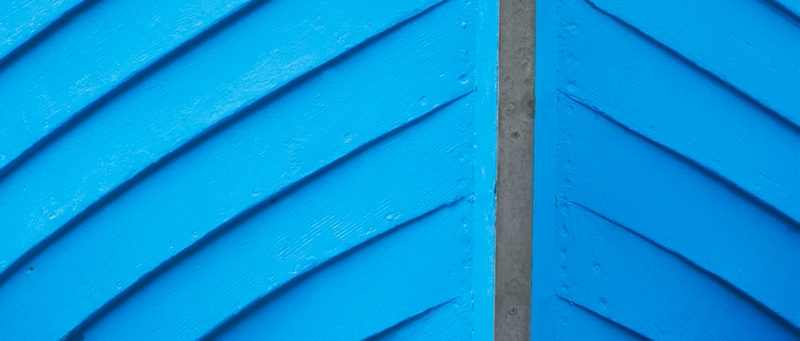
Polyester Gelcoats
Finally, there are polyester gelcoats. There have been many debates whether polyester gelcoats can go over epoxy, but we have found, if the epoxy is fully cured, it can. Gelcoats are so popular because production boat manufacturers can make perfect Class A molds, spray gelcoat in the mold, laminate or infuse the boat and pull it out of the mold. When they pull the boat out of the mold there is no finish work to do. That works well when you have a lot of boats to make, as finish work can take a lot of time. They use in-mold gelcoats because they can laminate with polyester resin behind the gelcoat allowing it to cure properly. You see, in-mold gelcoats need a certain amount of additional heat and the absence of air to cure properly. It is important to note that there are in-mold gelcoats (without wax) and repair gelcoats (with wax or patch booster). Repair gelcoats don’t need the reaction heat that the in-mold gel coats do. This works in your favor when applying it over your cured epoxy repair.
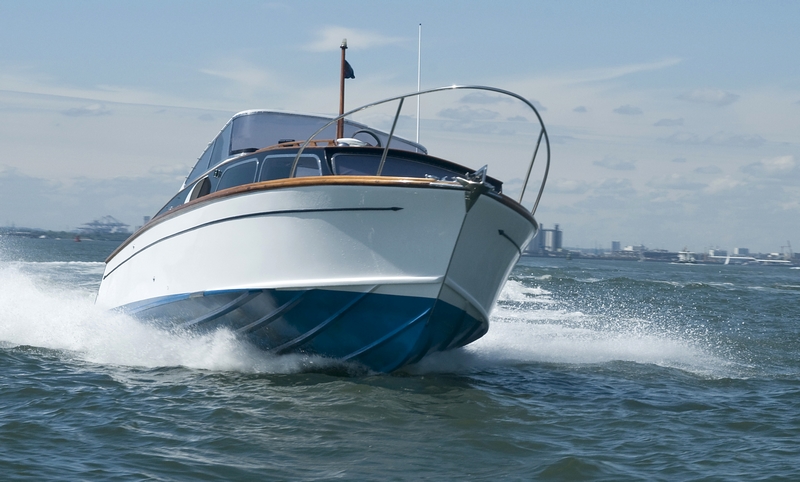
Epoxies and polyesters don’t like each other in the uncured phase. Once the epoxy is cured and the surface preparation instructions are followed, then (and only then) a repair gelcoat can be used over the epoxy. As with any other topcoat, we still recommend starting with a test piece. Many people have successfully gelcoated over their epoxy repair with a polyester gelcoat that contains wax.
All that being said, if you have a boat that has gelcoat on it and needs to be repaired with epoxy, you do not have to apply gelcoat over the repair. In many cases, especially above the waterline, it may be easier to find marine-grade paint that matches the color of the original gelcoat and paint the entire area.
There are many types of UV stable topcoats available to choose from. We have just scratched the surface of their strengths and weaknesses. But this should give you some direction when choosing among various UV-stable topcoats. And remember, with any topcoat, follow the steps listed in the manufacturer’s application instructions.
